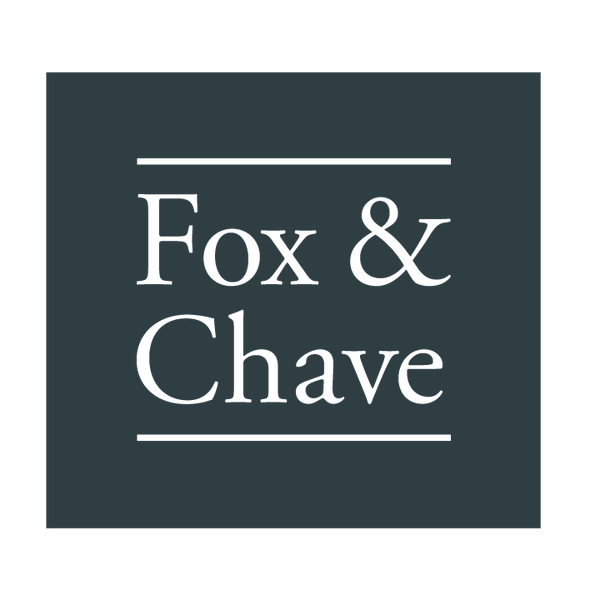The term silk is commonly used generically but it is the overarching description for 50 or more different fabrics, characterised by geographical origins, thread source and habitat and the treatment of the material. Differing features include appearance, weave, weight, texture and suitability to certain uses.
At Fox & Chave, we regularly use six types of silk, in differing weights, all belonging to the sub-category Mulberry Silk, from the bombyx mori silk worm, which feeds of the leaves of the mulberry tree. These are:







